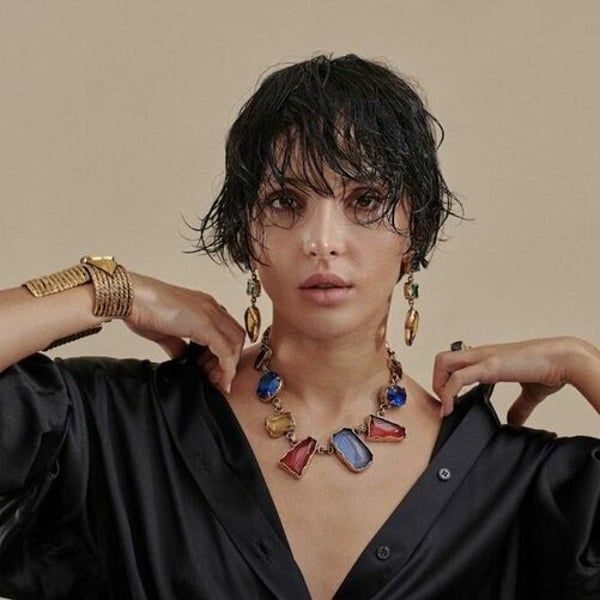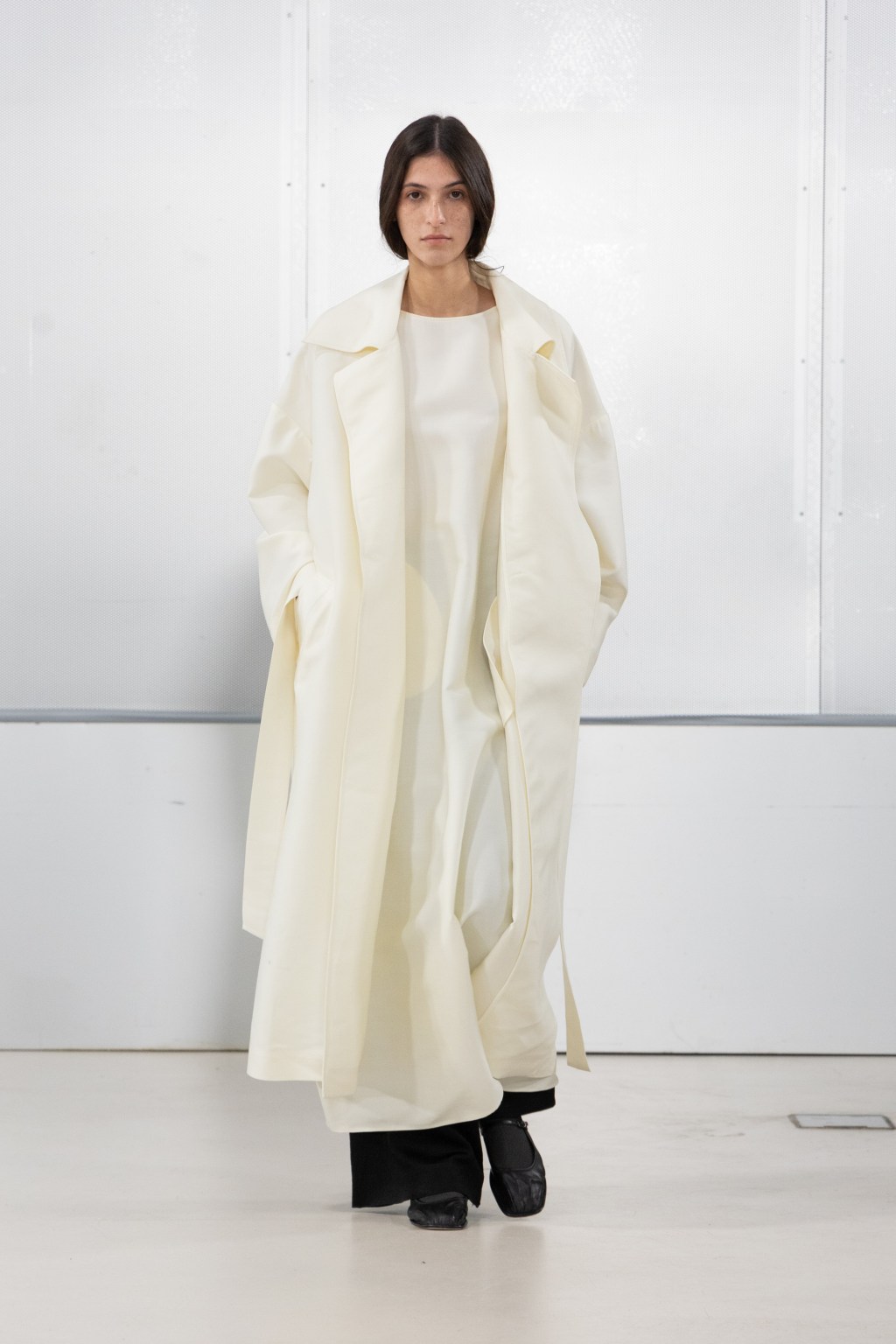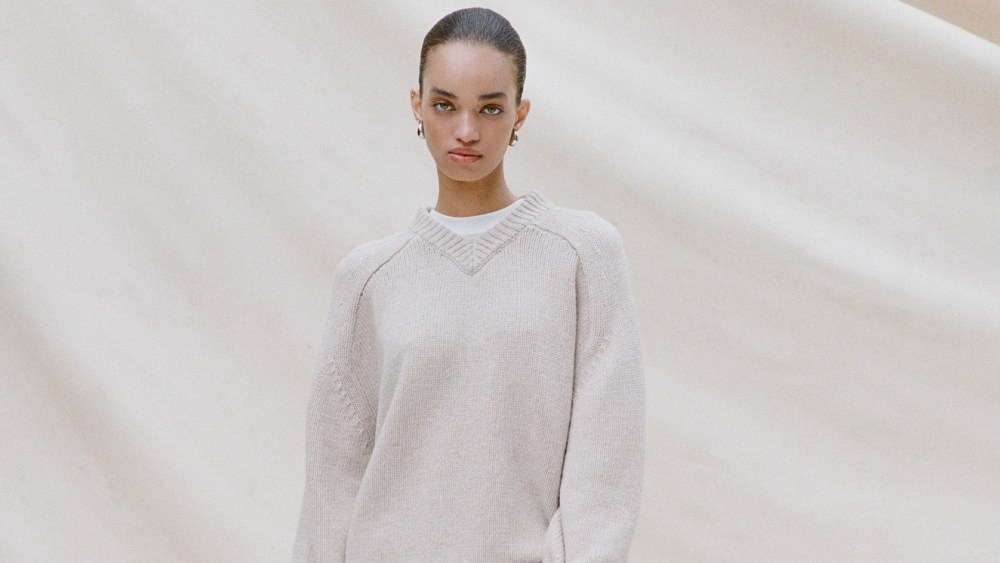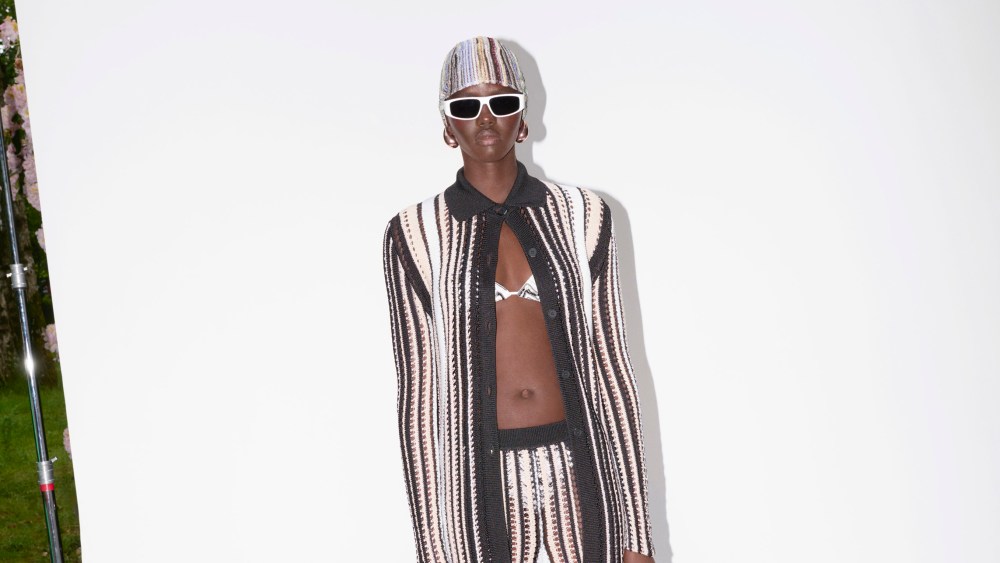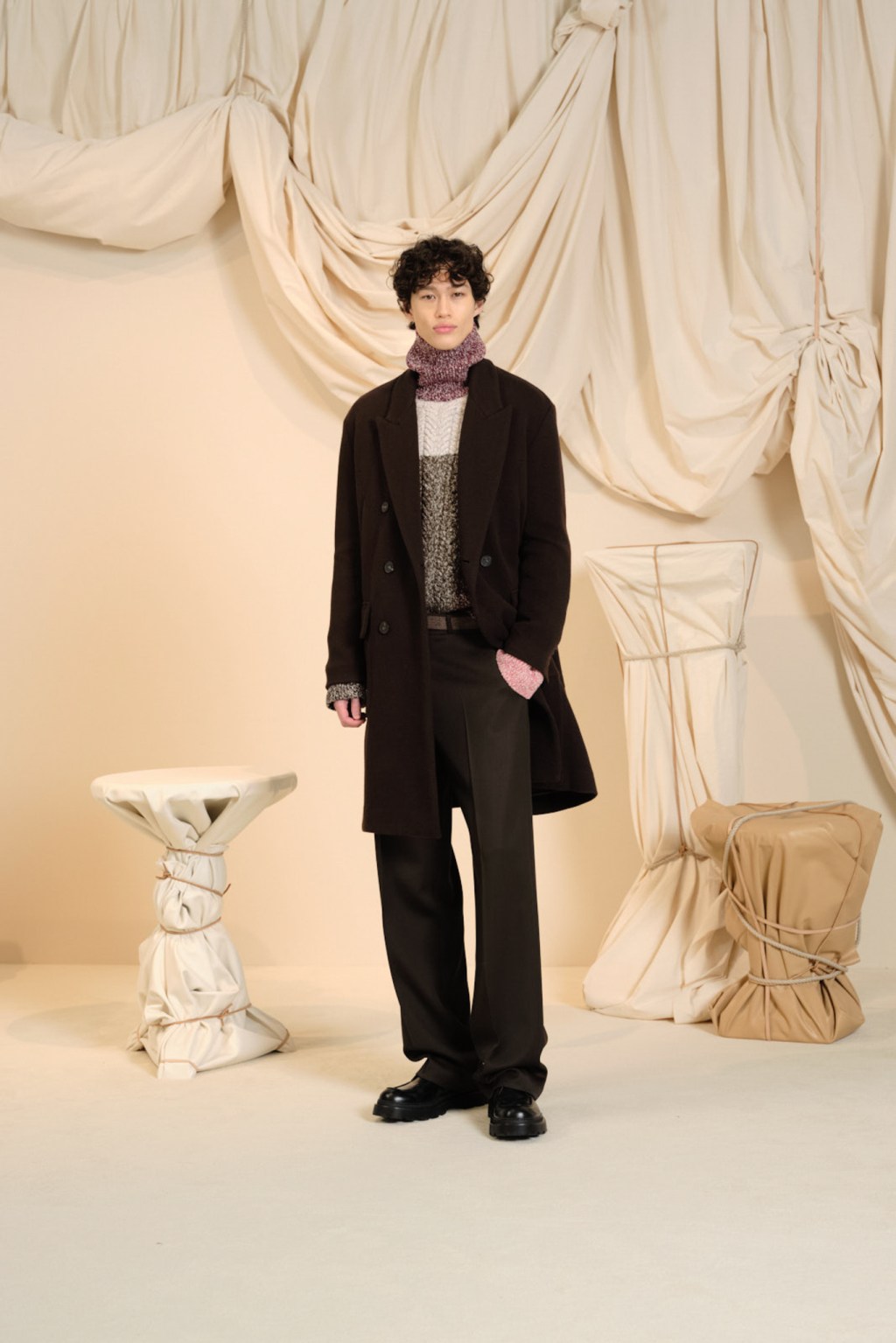Translated by
Nicola Mira
Published
September 9, 2024
On 5 September, a rainy day, a press conference was held in Milan to present the latest developments in the upcoming editions of the Italian fashion shows Micam Milano, Mipel, Lineapelle, The One Milano, Milano Fashion & Jewels and Simac Tanning Tech. The events are scheduled from 14 to 19 September, in a session collectively called 'Legacy of Style', defined as “a synthesis of the vision shared by the many links of Italian fashion”. [Italy’s] fashion industry supply chain”.
In total, the six Milanese fairs will feature 2,090 exhibitors, of which 47% will come from more than 60 countries as well as Italy, giving buyers and visitors the opportunity to discover new products from the entire supply chain. A sector that, according to various industry representatives who spoke to FashionNetwork.com, is going through a difficult time.
Micam Milan (15-17 September)
The 98th edition of the international footwear fair will feature 921 exhibitors, of which almost 50% will be foreign. Among the main sections of the event, there will be Micam X, where international experts will discuss current topics such as artificial intelligence, new technologies, colours, materials and much more; Future Retail, which will explore new sales solutions with seven exhibitors, compared to four last season; and the Emerging Designer section, which will feature 12 names from Italy and other countries.

“We have always paid particular attention to training opportunities for young people. That is why the next edition of the show will feature a new section, The Micam Academy, where experts from the Polytechnic University and Ars Sutoria will show young audiences how a pair of shoes is made, from start to finish. Another new feature will be Taste Arena, where 'cuisine ambassadors' will prepare gourmet dishes from various regions of Italy,” explains Giovanna Ceolini, president of the Italian footwear industry association Assocalzaturifici, speaking to FashionNetwork.com. As for the sector's results, “in 2023 we recorded modest growth of €14.58 billion, but in the first three months of 2024 exports fell by 10.3% in volume and 9.7% in value, and revenues decreased by 10.1%. [The sector’s] “In Europe, the result was stable, with a loss of just 4.7%, but in the rest of the world, turnover fell by 15%. We hope to recover in 2025 and, to do so, we ask the Government to support SMEs on several fronts,” said Ceolini.
Mipel (September 15-17)
The handbags and accessories sector is facing similar difficulties, as Claudia Sequi, president of the industry association Assopellettieri and of the leather goods trade fair Mipel, points out: “[The sector’s] “In 2023, turnover was €13.5 billion, including exports worth €11 billion, in line with the previous year. The year 2024 did not start on a positive note, with exports down 11.8% and industrial production down 18%. Among the main causes, in addition to the global macroeconomic and geopolitical situation (Russia and Ukraine have always been two key markets for our sector), are the slowdown in China, which is trying to favour domestic consumption rather than imports, the slowdown in Germany and climate change. We need to help companies cope with this by taking multiple measures: for example, we have asked the government for an extension of temporary layoff measures, a moratorium on loans granted during the pandemic and the payment and forgiveness of tax credits. But we also need to think of longer-term solutions to help companies reposition themselves and respond to new market needs.”

The 126th edition of Mipel will feature more than 200 brands, 49% of which come from 16 countries in addition to Italy, mostly from China, India and Germany. Alongside the established brands, the Showcase section of the event will feature 14 emerging Italian names that stand out for their innovation and research. “As in the previous edition, the Live Streamer section will feature influencers, mainly from Asia, who will present and sell some of the products on display live. We have worked hard on the Trend section: visitors will be welcomed by a sensory journey marked by aromas, which will summarise everything they can find at the fair,” says Sequi.
Lineapelle (from 17 to 19 September)
Lineapelle, the leather trade fair, is celebrating its 103rd edition with 1,256 exhibitors (tanneries and manufacturers of accessories, components, fabrics and synthetic materials) on an exhibition area of over 44,000 square metres. Nearly 45% of the exhibitors come from 43 countries, in addition to Italy, mainly from China (for synthetic alternatives), Turkey, France and Spain.
“It should be noted that Italy represents 65% of European leather production and 24% of global production. Naturally, foreign exhibitors – except for the French and Spanish – will focus mainly on other product categories. As usual, we will give priority to young talents, with shows by emerging designers, as well as to craftsmanship, with ad hoc workshops, and to sustainability, the subject of several seminars,” explains Fulvia Bacchi, CEO of Lineapelle and head of the Italian tannery association Unic Concerie Italiane, speaking to FashionNetwork.com. “Our sector generates revenues of approximately 4.6 billion euros, 70% of which comes from exports. This year has started negatively for both manufacturing and exports, with a drop of between 10 and 15% depending on the destination. We have been affected by the crisis in China, which used to be our main market, with 25% of total revenues. China’s revenue share is currently below 10%, and France and other European countries have overtaken it. “There are several reasons for this slowdown: many brands have scaled back their initiatives; consumer purchasing power is falling; costs are rising and inflation is eroding corporate profits; the Chinese and US real estate markets are in crisis; and of course, the global geopolitical situation is problematic,” Bacchi added.
Milano Fashion & Jewels (September 14-17)
The jewellery and accessories trade fair will bring together more than 650 brands, 50% of which come from 37 countries, in addition to Italy, including Greece, Spain, France, India, Turkey, China, Brazil and, for the first time, Mauritius.
The sector is currently going against the fashion industry: exports of jewellery and accessories recorded a 1.6% drop in revenue in 2023, to around €4.5 billion, but the forecast for this year is that exports will grow by 6%, and by 7% for the consolidated period 2025-27.
“We are working hard on sustainability. Fashion is an extremely polluting sector, so we will have to get used to less consumption and therefore less production, but with higher quality,” says Filomena Sannino, head of exhibitions for Milano Fashion & Jewels at the company organising the event, Fieramilano. “The show will have specific sections dedicated to this theme, such as Exploring Sustainable Fashion, which will feature exhibitors capable of creating “green” collections, which are more expensive to produce but sold at affordable prices. We hope that they will be an example for other companies in our sector: 2030 is just around the corner, we must prepare ourselves, even if it is not easy for micro-enterprises. In addition, we will present a project in collaboration with the Istituto Europeo di Design (IED), which will showcase collections created by 12 IED students from garments destined for scrap metal,” adds Sannino.
The One Milano (September 14-17)
One Milano will share the exhibition space at Milano Fashion & Jewels, showcasing high-end women's ready-to-wear and accessories from around 60 exhibitors, more than 50 of them from China, as general manager Elena Salvaneschi explained to FashionNetwork.com: “China is a market that deserves special attention. In collaboration with the China Apparel Association, we have carefully selected companies that produce high-quality items and comply with the standards.” [EU] Import regulations. [The One Milano] “It focuses mainly on outerwear and seasonal clothing, so spring/summer is not our main season, but as always we have tried to present interesting new products.”
The sector, said Salvaneschi, has been severely penalized by the Russian invasion of Ukraine: “[Russia and Ukraine] “The export markets of Ukraine and Russia have been two of our main markets. Consumer spending in Ukraine has plummeted, while exports to Russia have become impossible due to the rule banning the export of products costing more than 300 euros. Another negative element is the recent ban on importing sable fur, which can only be obtained in Russia. Raw fur now has to be processed in Russian tanneries, which do not have the same quality standards as European ones. Another of our main markets, Korea, is fortunately doing very well, while European countries are stagnating.” The sector’s revenues grew in 2023, thanks to positive results in the first half of the year, but sales of outerwear in the first four months of 2024 fell by 20%.
Copyright © 2024 FashionNetwork.com All rights reserved.

